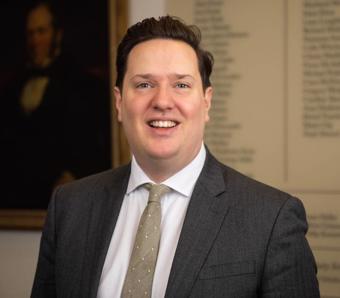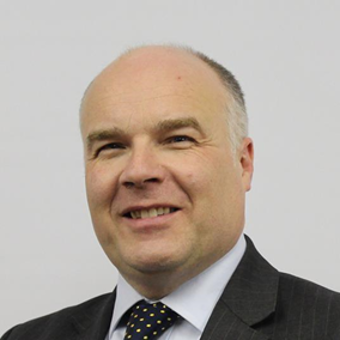Helen Clayton discusses ‘succession’
I recently hosted a round table discussion with a number of solicitors and advisors to the legal profession. I have seen a growth in start-up law firms recently and each has had clarity and focus on what success looks like and the potential risks. It struck me that these new firms and their owners have a fantastic opportunity to shape their future and, ultimately, what the end game looks like.
Shaping the future of a law firm is always a great opportunity if the partners, owners or investors can drive change. In an established firm, it can be more difficult to take everyone with you on that journey; investing significant time in people management and communication is therefore vital to making those changes. It might even be the right decision, albeit a difficult one, to invest in removing personnel or partners to remove the barriers to change.
In a start-up, it can be easier as there is a blank sheet of paper and usually a wealth of experience influencing how the individuals don’t want to run their firm; not to mention a smaller number of people to manage and lead at that start-up stage.
At this recent event, our discussions quickly moved away from the start-up process to succession. The concept of starting from scratch, building a business, its structure, objectives, risks and compliance (the list goes on) were not the areas people were interested in discussing. The focus was very much on what happens at the end.
Who will it be?
It was interesting to hear that the challenges we are currently facing in recruitment within accountancy is the same experience for the legal profession. As such, a key consideration for seamless succession is that either the next generation is just not available to take the firm forward or perhaps that, being available, the individuals do not have the ability or appetite to invest or even the skills to manage or lead. A key aspect is to remember that succession does not need to be by a solicitor. The legal profession sits in a very different world from where it once did.
How do I get my money out?
A common theme for law firms is high capital and current account balances, particularly in cases where profits have been retained or additional capital injected by partners to manage the business and cash flow. Off the back of a lengthy recession, this is more commonplace than you may wish to believe. As capital accounts grow, the partnership grows, value continues to be retained in the business for cash flow, the longer it takes to repay balances due to outgoing partners; indeed, it may be impossible without further injections of cash from more incoming partners or external funding. It’s often the case that the cash generated is sufficient for the day-to-day operations, with nothing left over to cover capital repayments or re-investment. Sometimes, the easy answer is to suppress drawings for other partners for a period of time, which only goes to exacerbate the problem in the longer-term.
How do I walk away?
There are two aspects to this – the business and the personal.
The fears about walking away from the business can be ensuring you are leaving behind a successful business in capable hands or, perhaps, the worry about what will happen to your clients once you’re not around. The personal fears may include not having planned financially or otherwise for retirement or future roles. As much as succession can be challenging due to the lack of people coming through to take over the reins, it can be just as challenging for younger partners to persuade the older generation to move on in life.
So, what’s the magic answer to all of this? It’s called planning. This involves people, appropriate appraisal of skills and personal ambitions, team development, honest conversations, creating plans which align with the overall strategy of the firm, incorporating numbers and looking ahead for more than twelve months. This isn’t just about the business either; it needs to include personal goals and ambitions and being honest with yourself and colleagues about realistic timescales and therefore what is achievable.
It is highly unusual to devise a strategy and create a plan and for this to stay as it was first designed. It’s very much the same in our personal lives. Therefore, the planning needs to incorporate regular review checks, working required changes into the plan to ensure it remains fit for purpose – for the business and for the individuals concerned.
A challenge? Yes of course; being in business is a series of challenges. It’s about turning these into opportunities for the good of the business and ultimately a continuous succession plan. In a professional services firm, it involves people with different ambitions and values, which can make the whole process more drawn out – which is why planning far ahead is so critical to manage the process successfully. Alignment of personal goals may be too difficult and so compromise will be inevitable if this to move forward and be successful.
Investment in people, whether training or recruitment, and cash flow management are vital. Being proactive rather than reactive will be a significant benefit to being able to re-route the path to achieving strategic and personal goals.
This may all sound common sense and time after time, I hear from solicitors that they know that this is what they should be doing. The real challenge is finding the time and the people with the skills to lead on it. The person with the most at stake or the least time to retirement might not be the right person to lead. My experience is that it should be someone who is not emotionally involved but wants the right outcome for all concerned.









